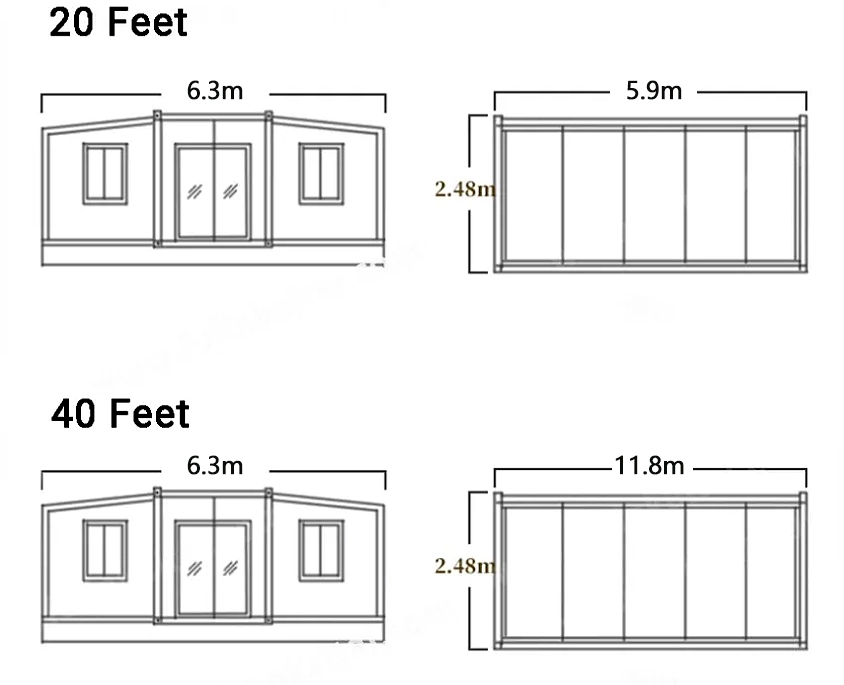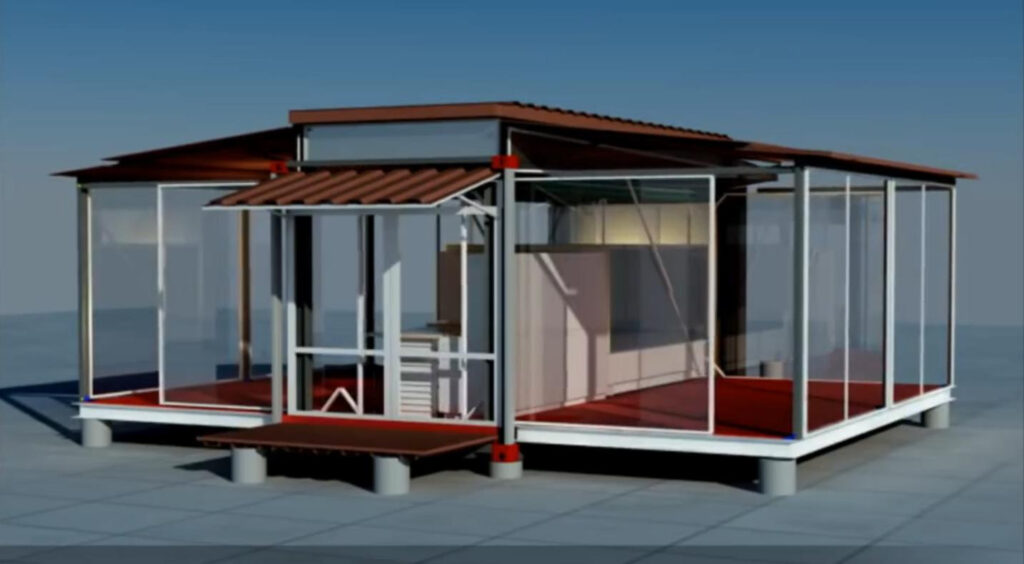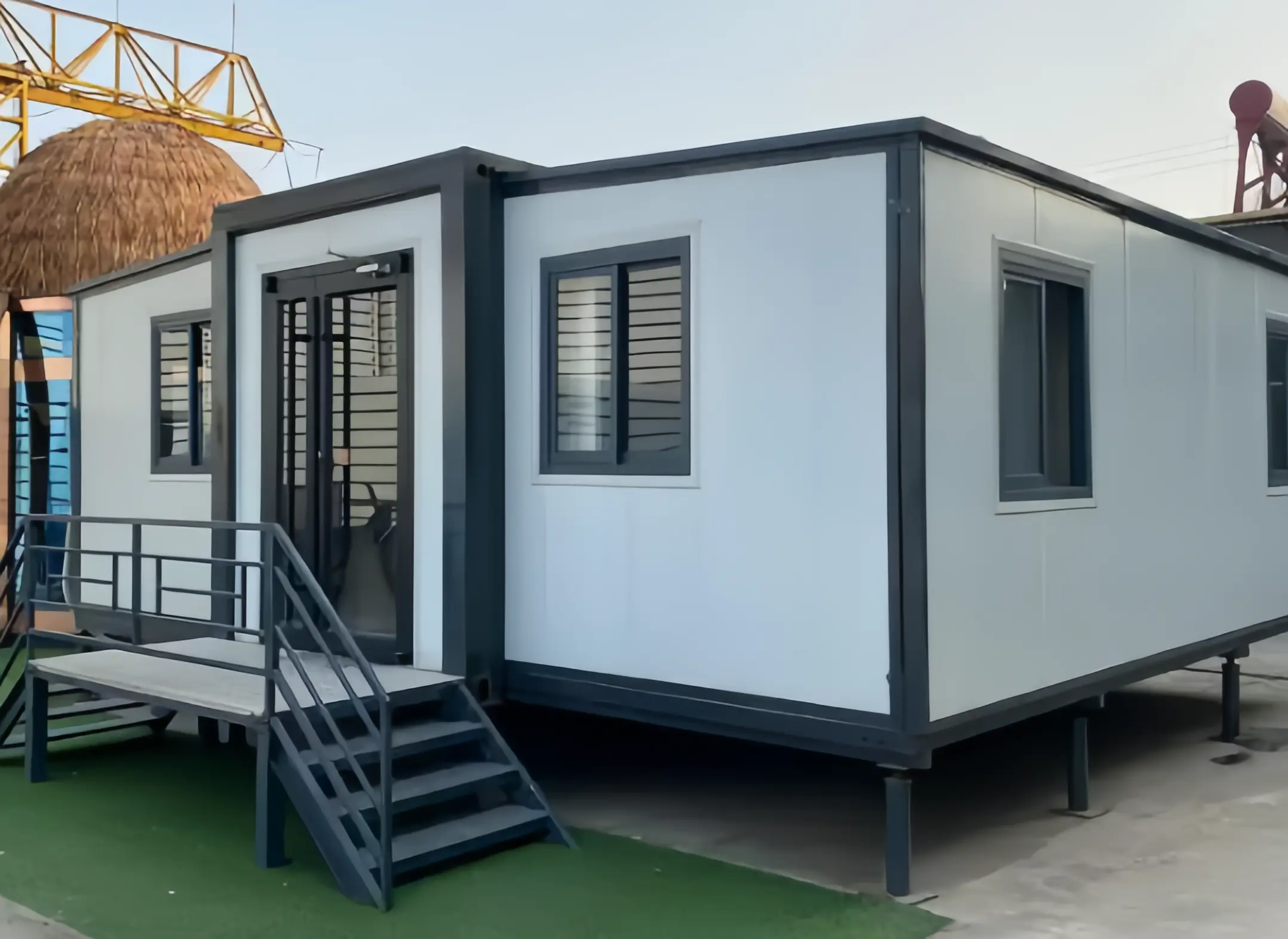Composition and Stability of Container Cabin Structure
The stability of a container cabin is a result of its robust construction and thoughtful design. These dwellings, created from repurposed shipping containers, exhibit impressive structural integrity, capable of withstanding adverse weather conditions and even seismic events.
When it comes to “container cabins,” people typically think of unique and innovative residential structures created by repurposing shipping containers. These dwellings are not only eco-friendly but also exhibit excellent structural stability. In this article, we will explore the structural components of container cabins and their stability.

1. Structural Components of Container Cabin Structure:
1.1 Containers: The fundamental building blocks of container cabins are standard shipping containers, typically constructed from sturdy steel. Their standardized dimensions make them easy to stack and transport, making them an ideal choice for constructing cabins.
1.2 Added Openings and Windows: Modifications are frequently made to shipping containers to incorporate doors, windows, ventilation openings, and other apertures in order to meet residential requirements. These openings not only provide residents with more natural light and airflow but also contribute to a warmer and more inviting aesthetic.
1.3 Insulation Materials: To provide improved thermal and acoustic performance, container cabins often incorporate insulation materials inside. These materials can include foam boards, fiberglass, or foam plastic, assisting in maintaining a comfortable indoor temperature and reducing energy consumption.
1.4 Interior and Amenities: One can customize the interiors of container cabins to suit the residents’ needs, which may include kitchens, bathrooms, bedrooms, and living areas. Clever design can transform even relatively small spaces into roomy and fully functional areas.

2. Stability of Container Cabin Structure:
2.1 Structural Stability: Thanks to the inherent robustness of the shipping containers, container cabins exhibit outstanding structural stability. They can withstand storms, earthquakes, and other natural disasters, providing residents with a relatively secure living environment. Moreover, Professionals engineer and modify them to ensure the integrity of their structure.
2.2 Foundations and Supports: Container cabins typically require robust foundations and support systems to ensure their stability. This may involve concrete foundations or steel structural supports, which help distribute the weight and resist ground instability.
2.3 Fire and Corrosion Protection: To enhance the stability of container cabins, the containers are usually treated for fire and corrosion resistance. This extends their lifespan and reduces the risks of fire and corrosion.
2.4 Secure Window and Door Fixtures: Properly installed doors and windows are critical for ensuring the stability of container cabins. Secure fixtures and sealing prevent the penetration of wind and rain while also maintaining indoor air quality.
In summary, the structural composition and stability of container cabins make them an attractive housing choice. They are not only environmentally friendly but also offer a comfortable and secure living environment in various climatic conditions. This innovative approach to construction is gaining popularity as it combines sustainability and stability, providing people with a unique housing alternative.
